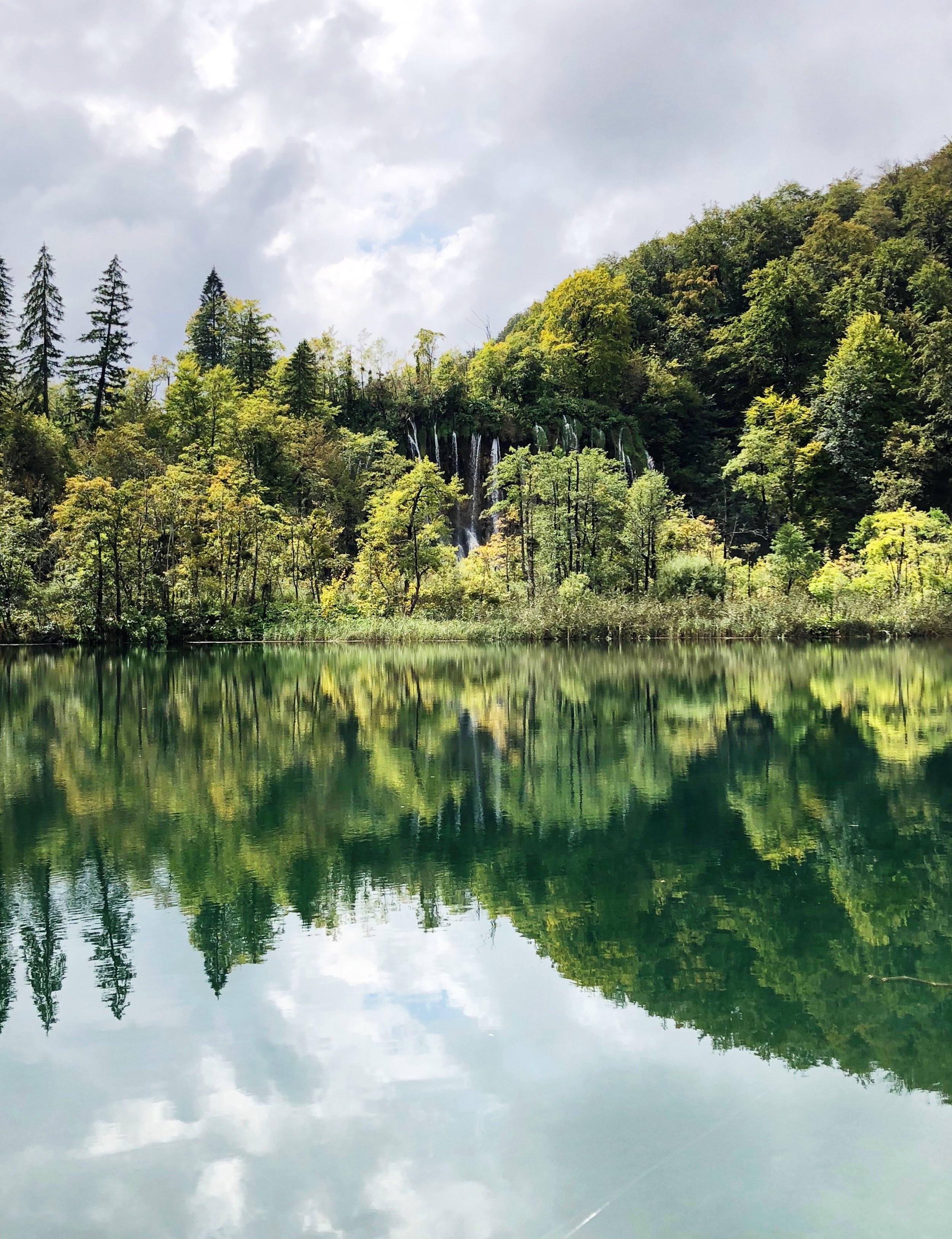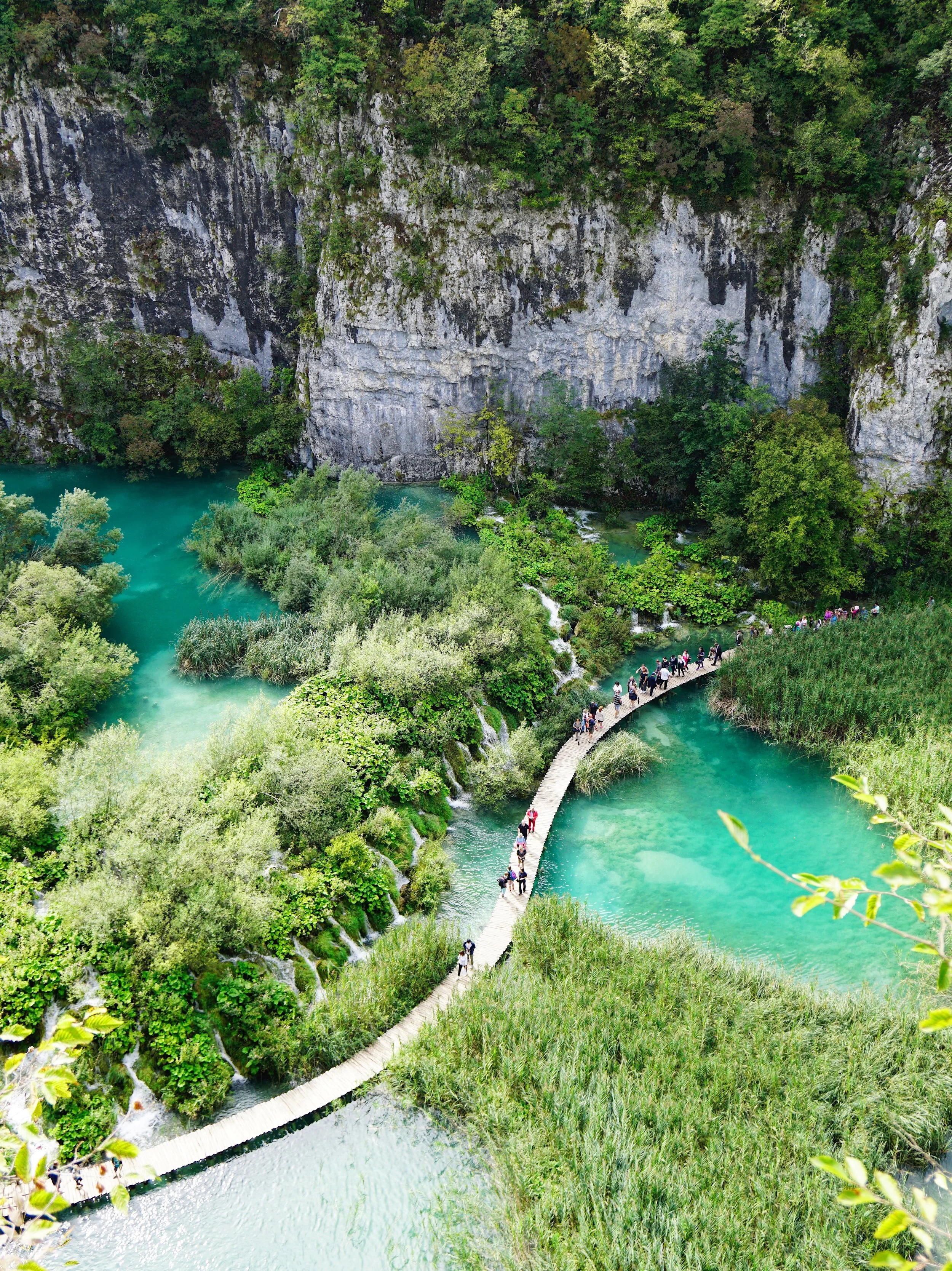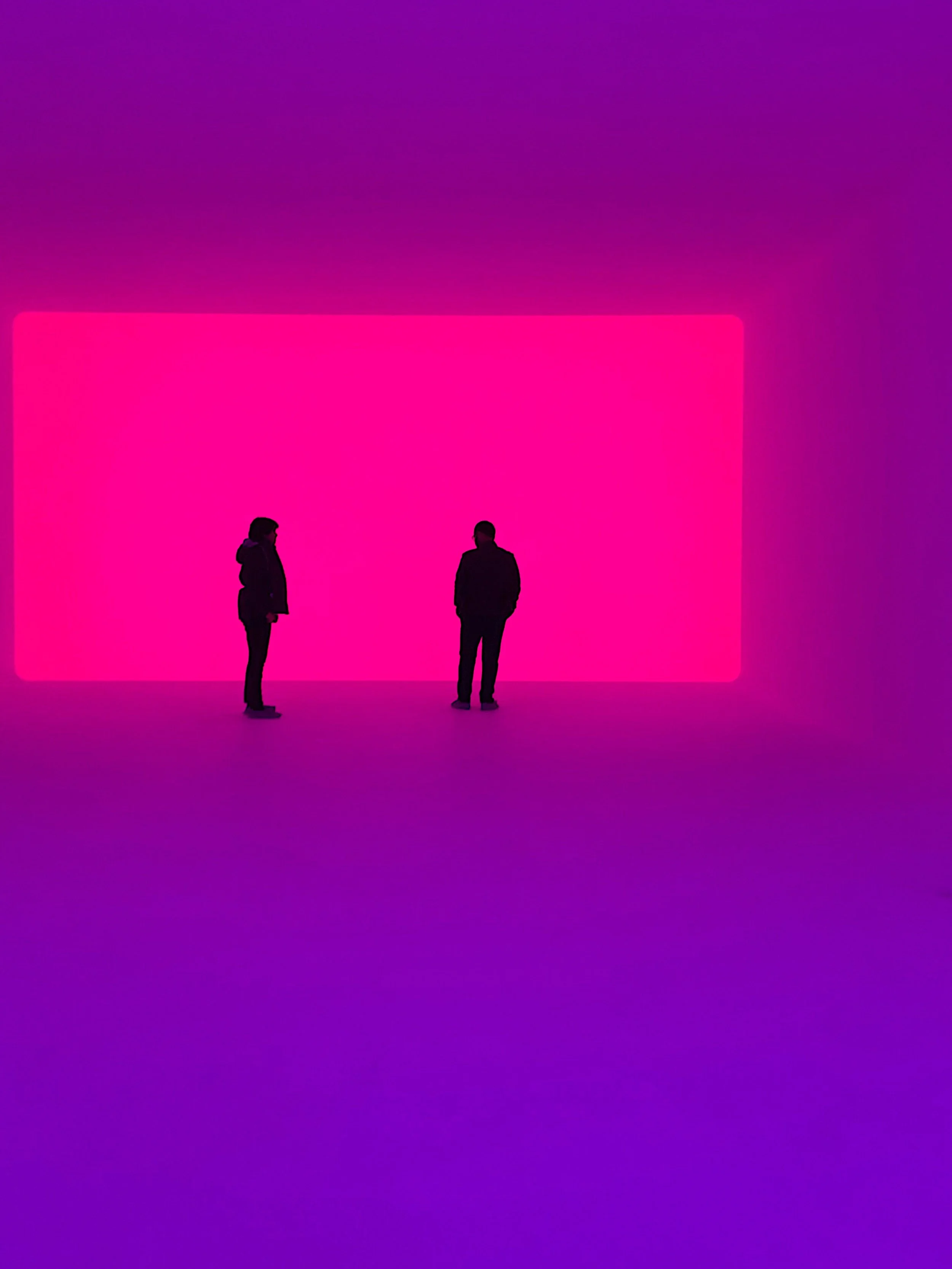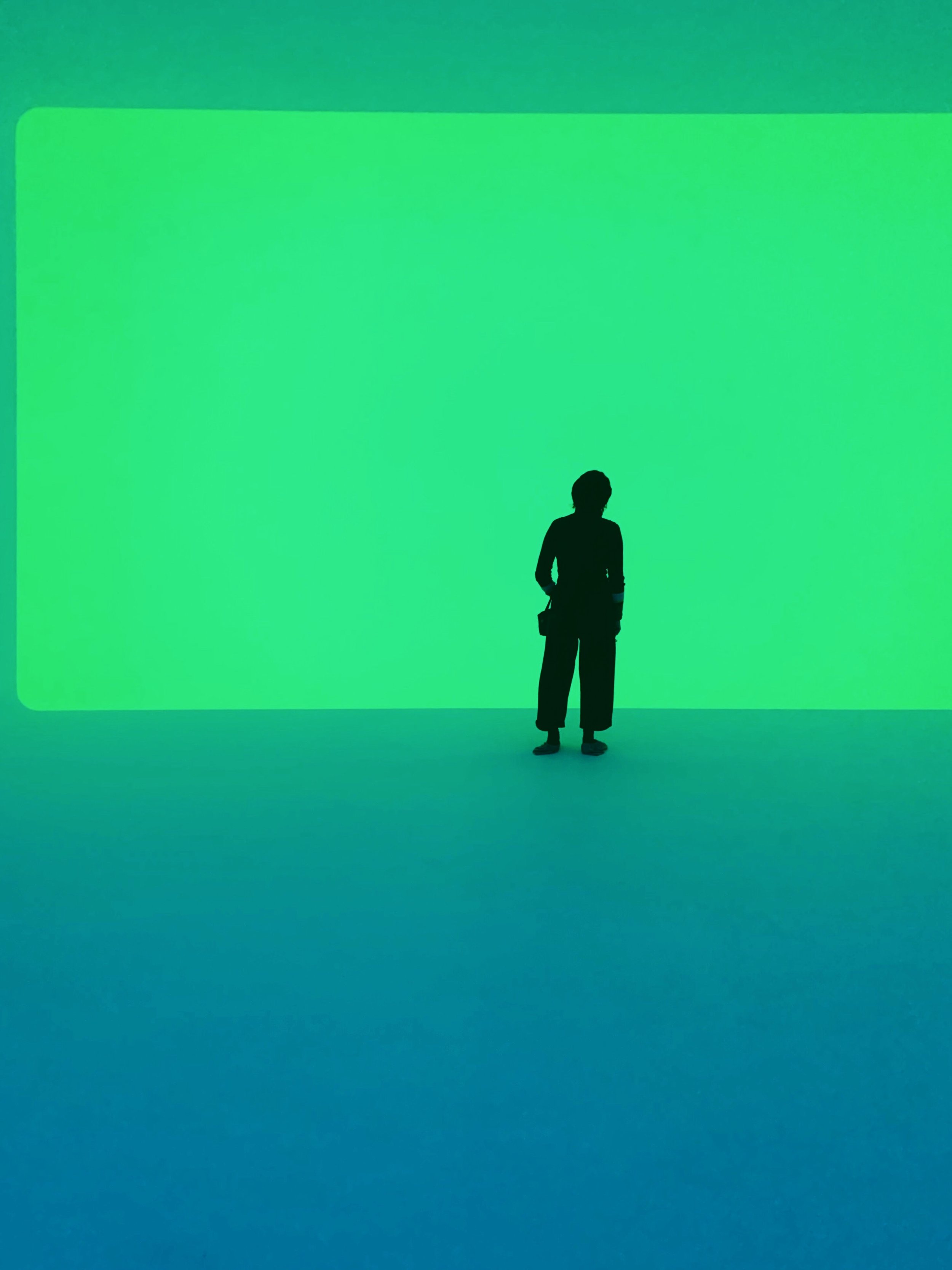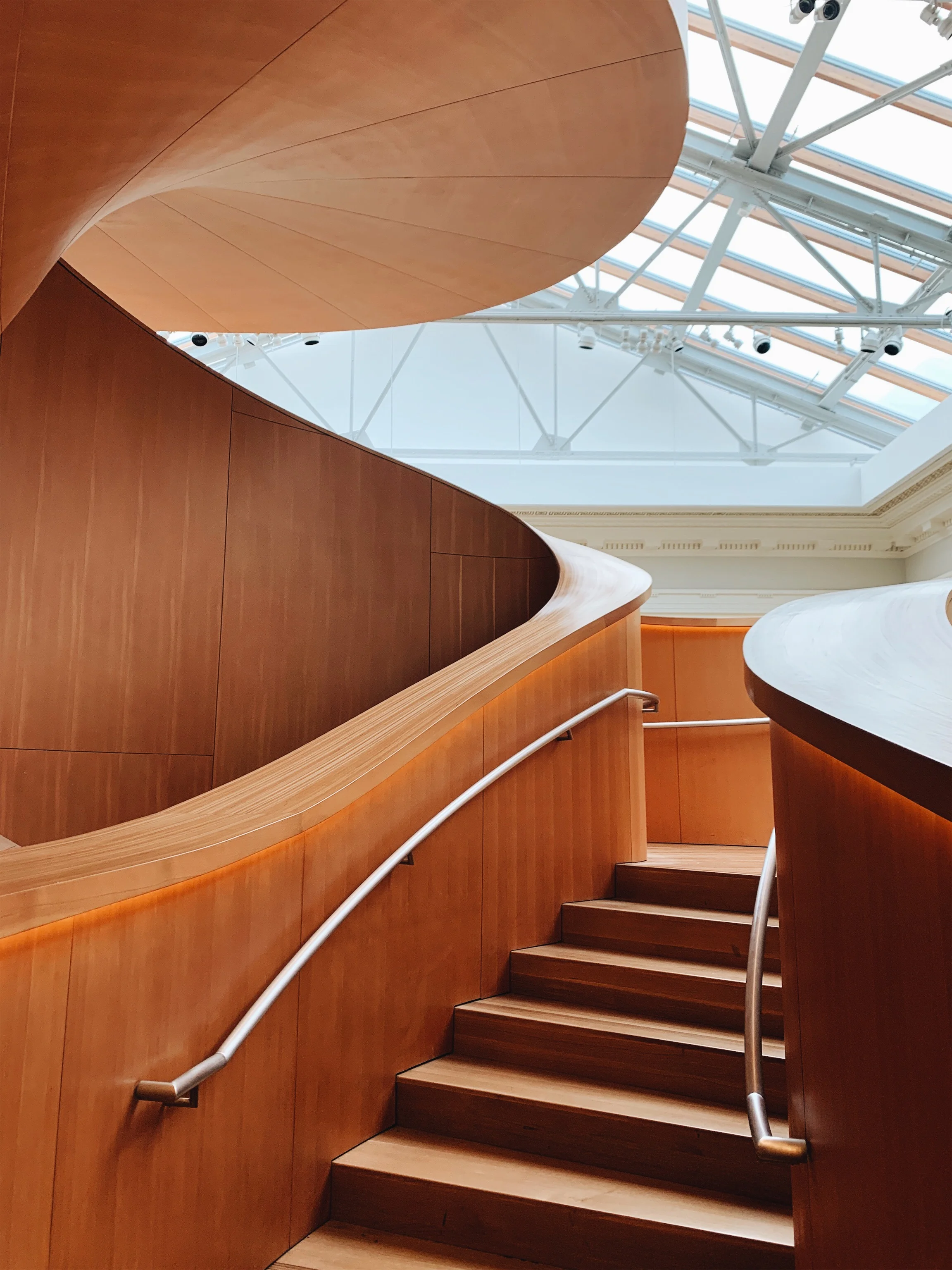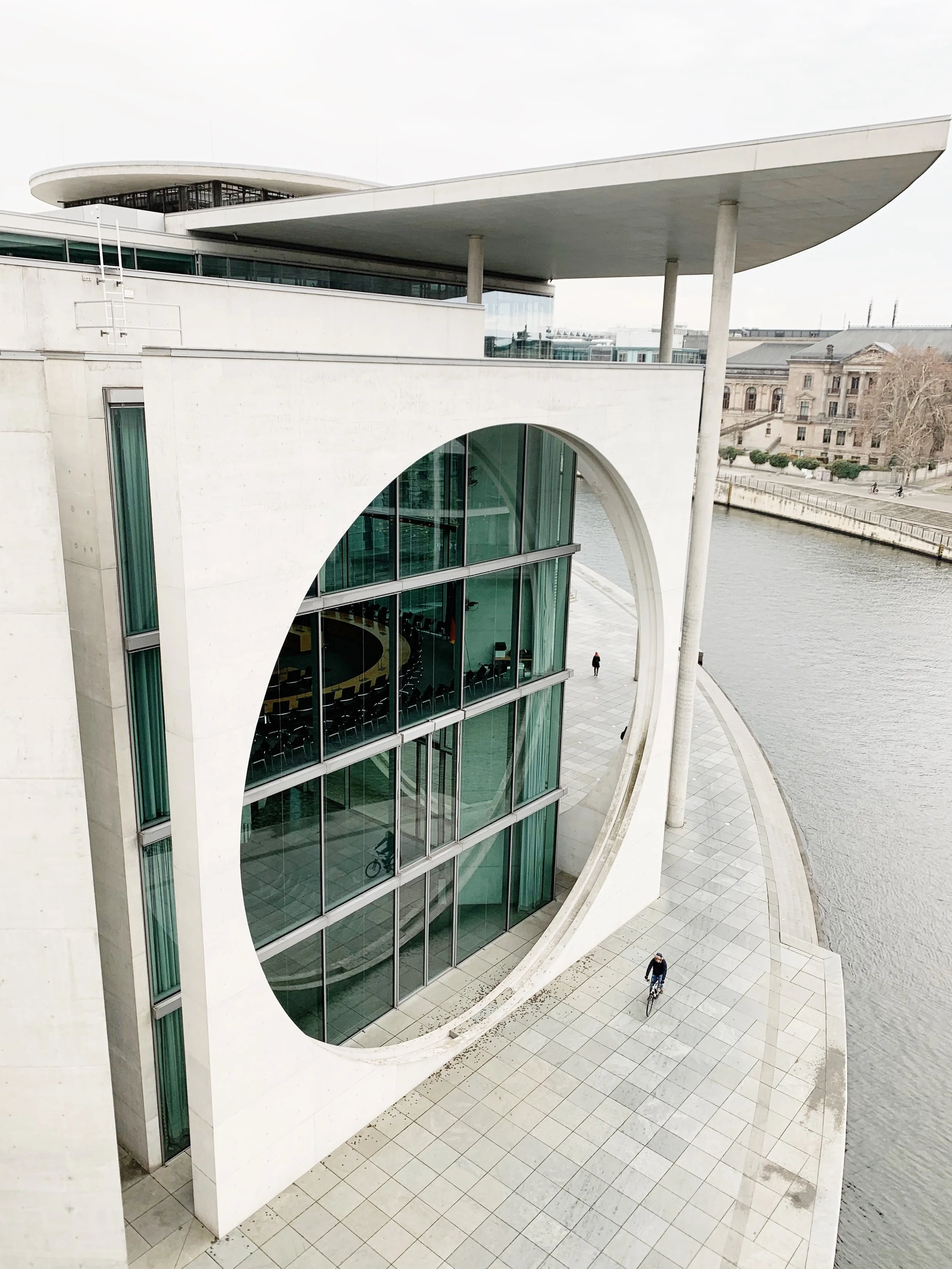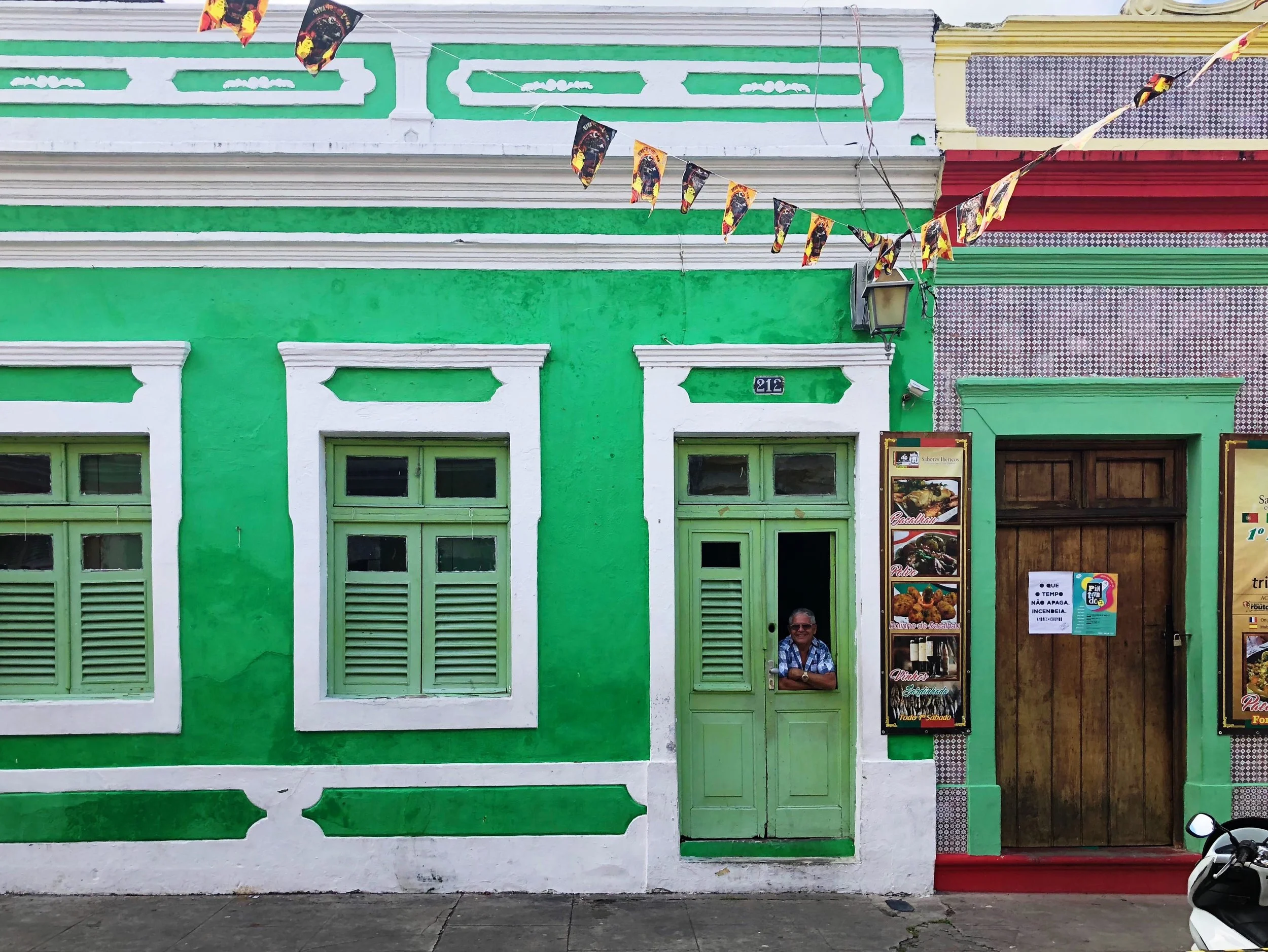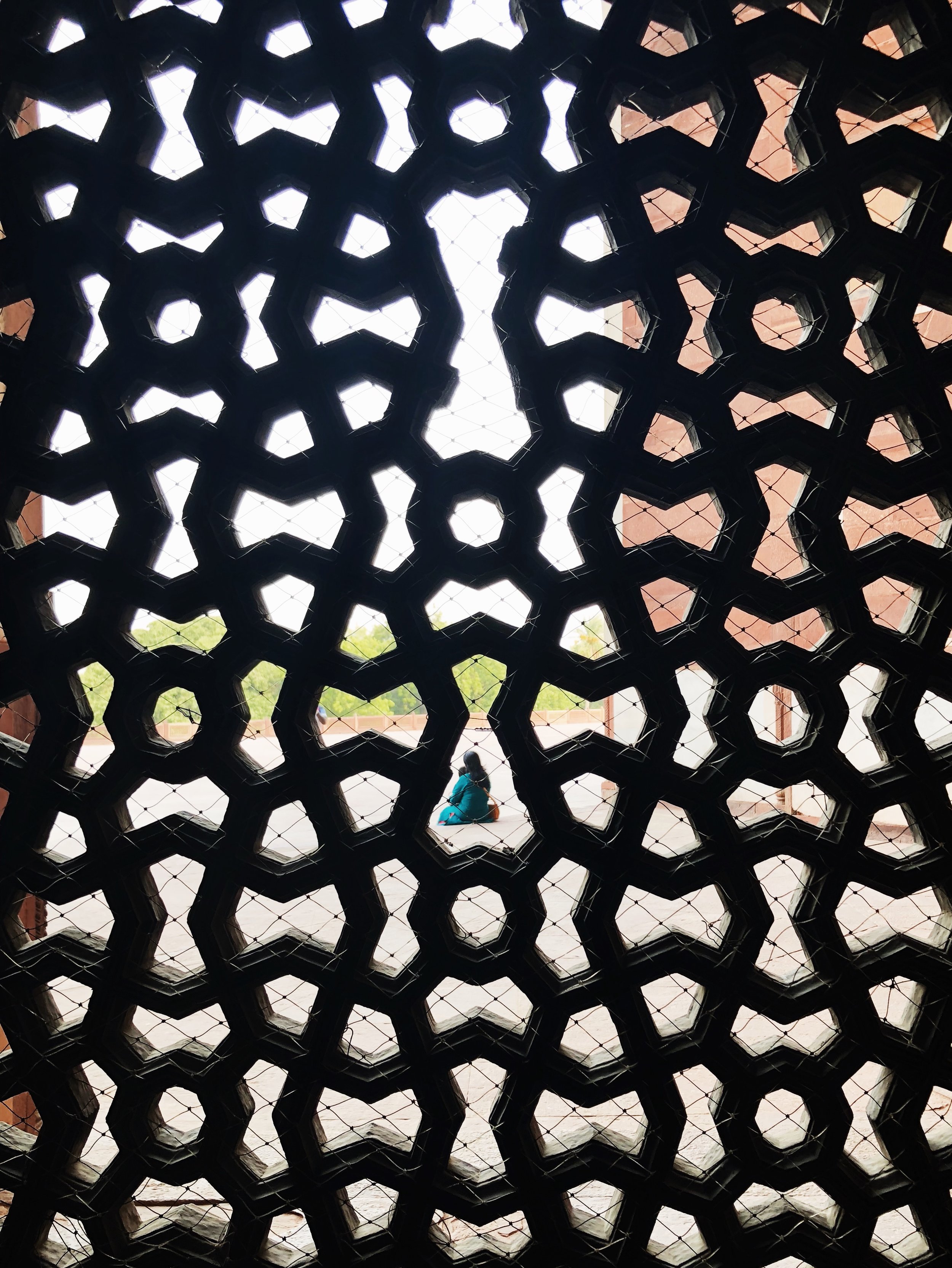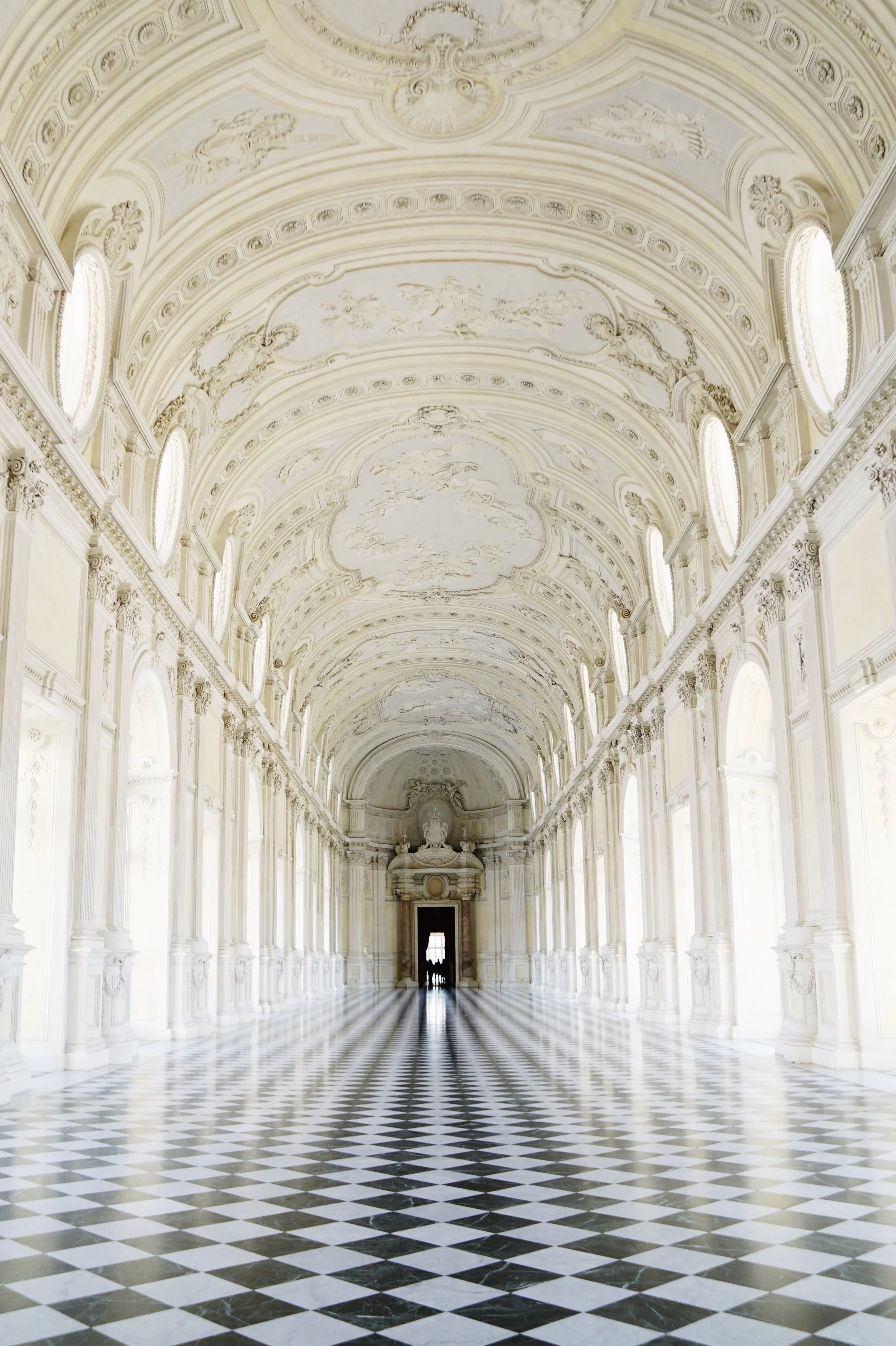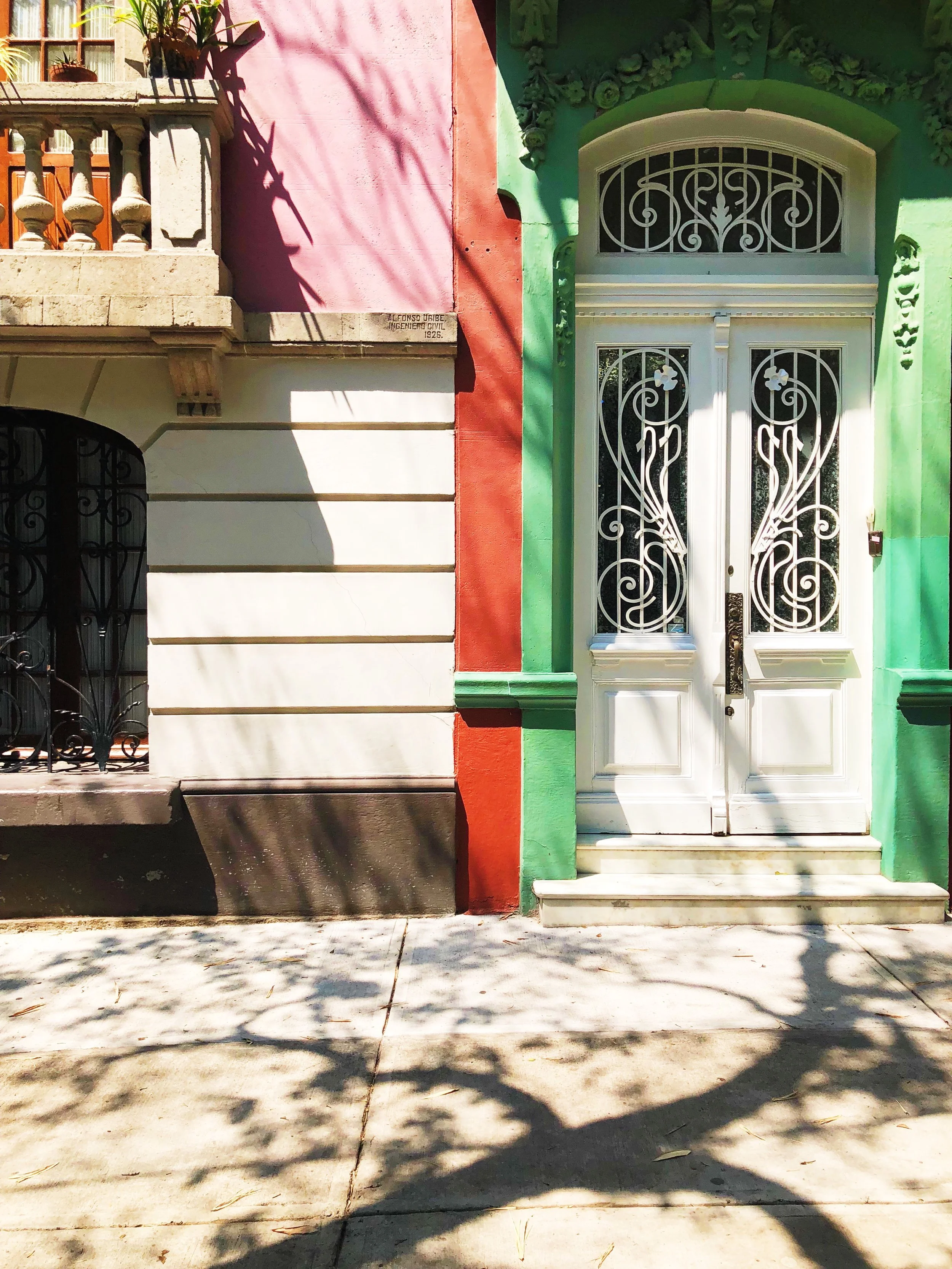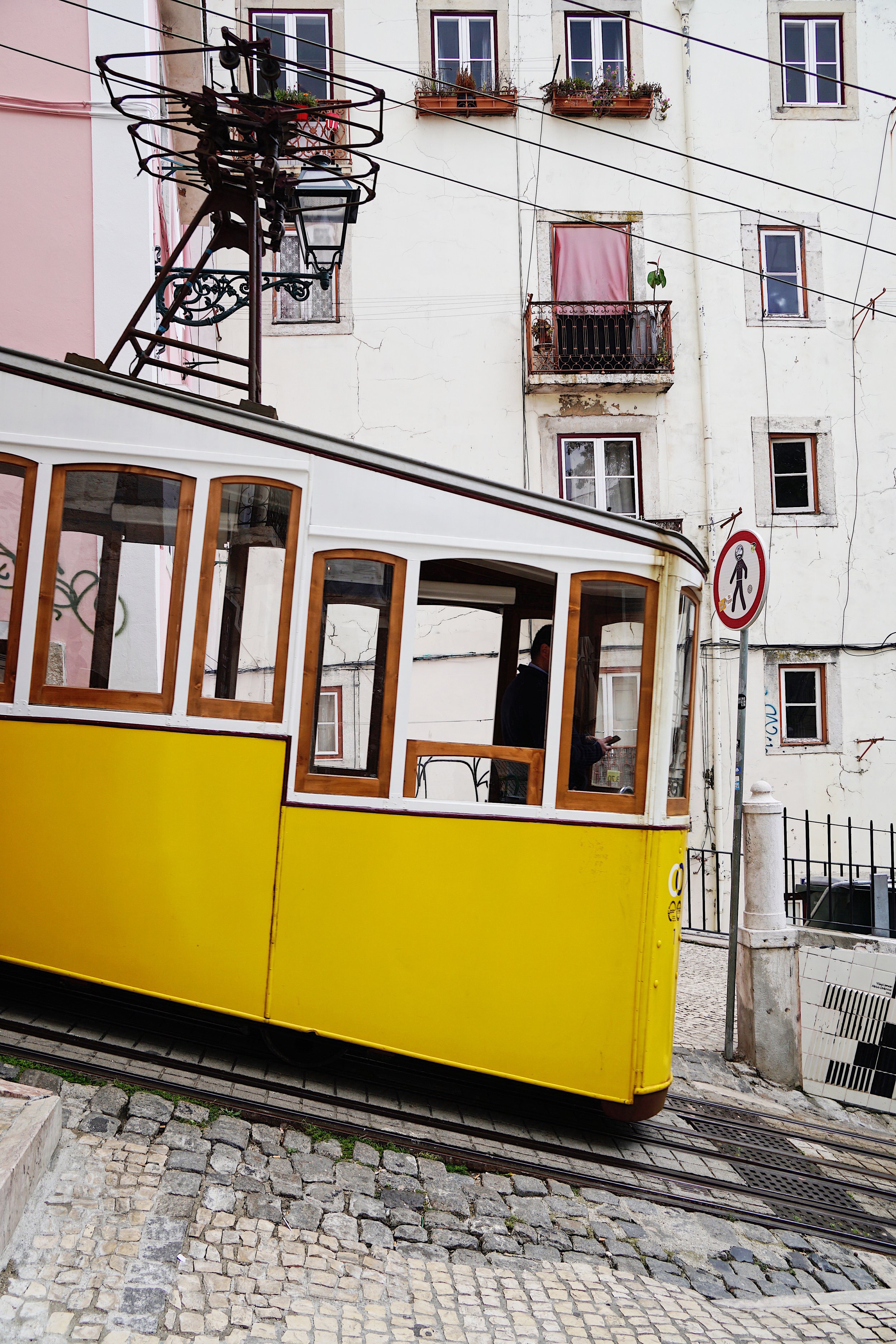Fidelity. Havana, Cuba. July 2019.
La Guarida, Havana, Cuba.
The stories of Fidel Castro and Camilo Cienfuegos (the man depicted on the wall) are legendary in modern Cuban history. Tales of victory and loyalty, but also of foul play and jealousy.
Cienfuegos was a loyal compatriot of Castro’s, however many speculate that after the revolution, Castro was responsible for Cienfuegos’ untimely disappearance in 1959. Since his death at 27, Cienfuegos has been an everlasting martyr of the Cuban Revolution. So why does the speculation of Castro’s involvement linger on? It is said that Cienfuegos gained more popularity than Castro post-revolution, which threatened Castro’s position in leadership. If true, it proves once again that politics is about a lot more than just pledging fidelity.
When you ask Cubans or read about their relationship, you will get plenty of opinions supporting one theory or the other. Whether they parted as allies or adversaries remains a mystery, however one thing is certain, Cienfuegos, the charismatic, adventure loving, "Hero of Yaguajay” lives on everywhere in the country.

